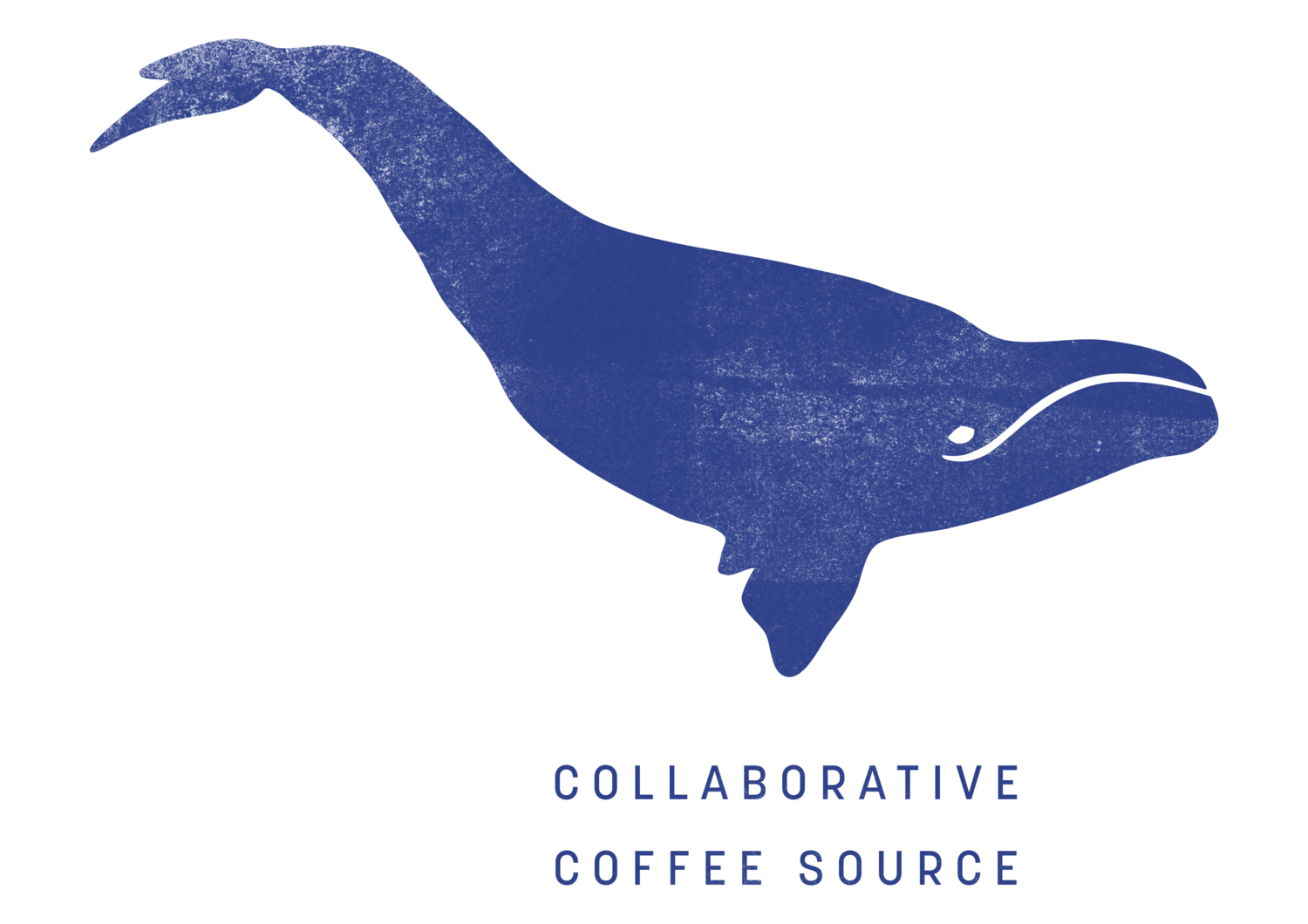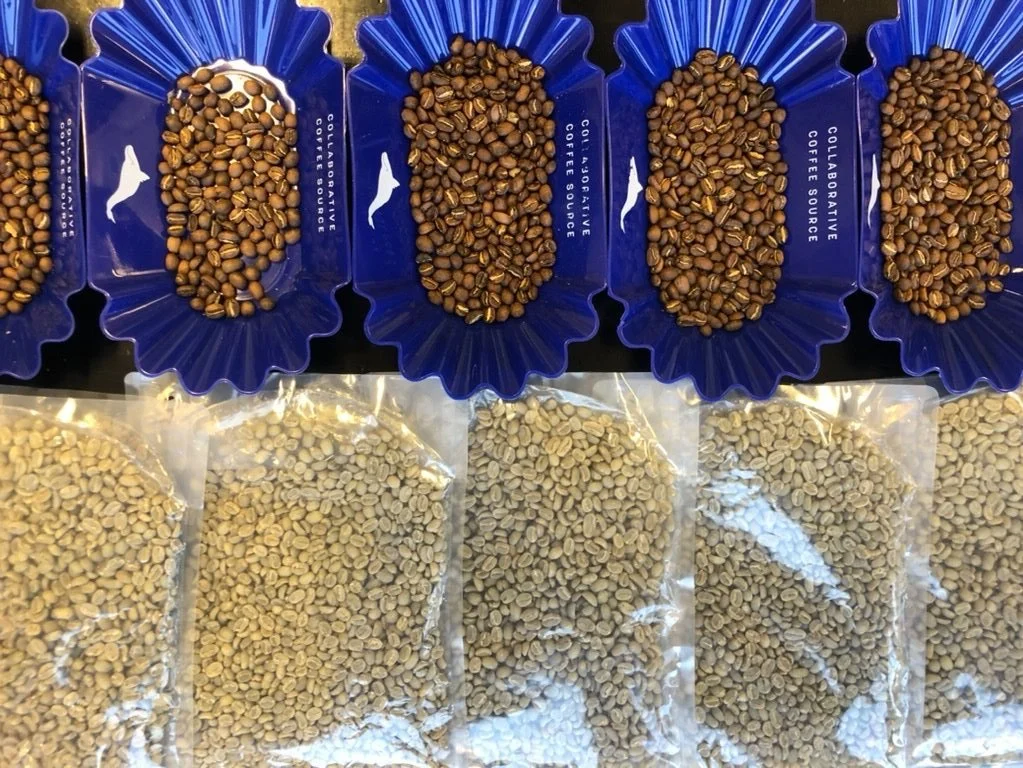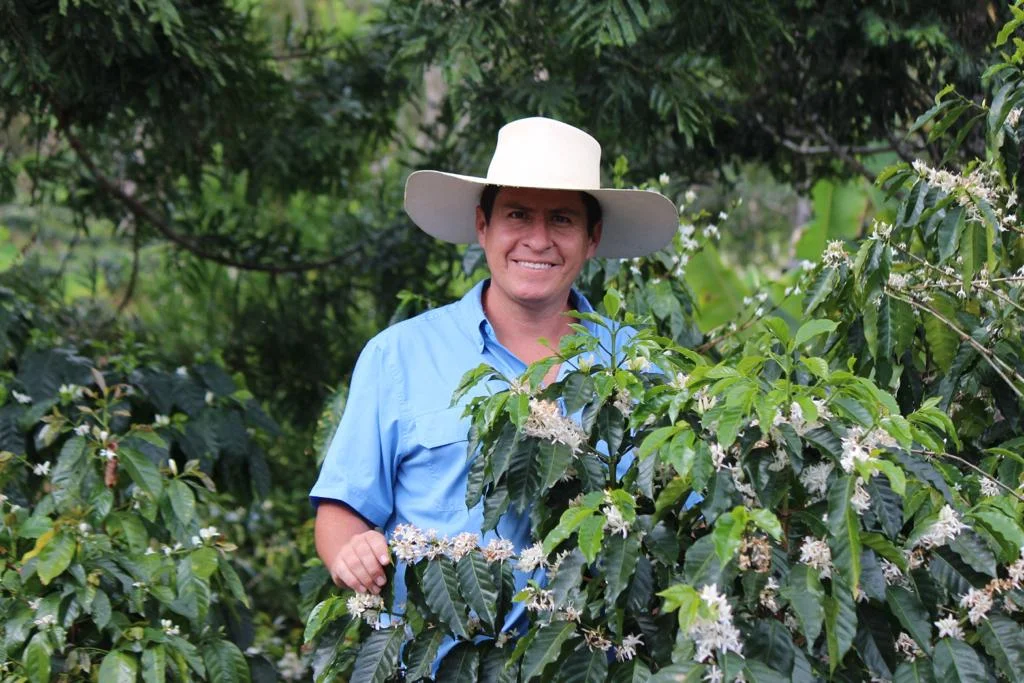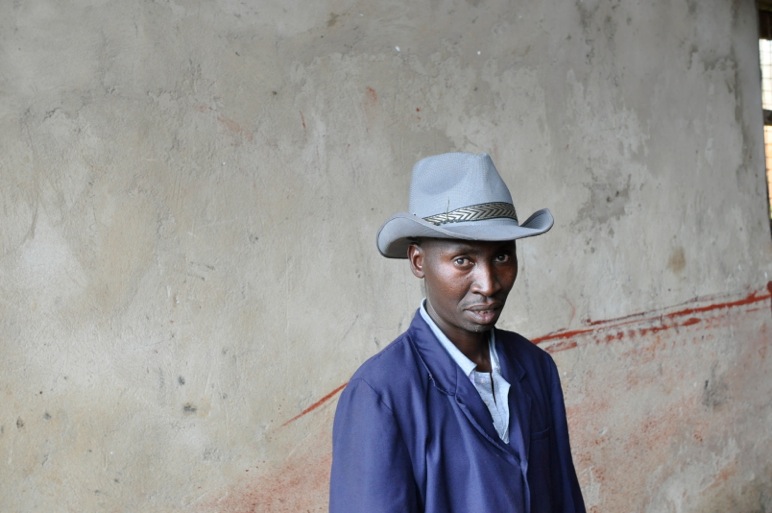We are proud to present El Roble - a farm we've been working with and buying from over the last few years. Bjørnar is there now and sends this overview:
Region: Mesa de los Santos, Santander
Farm geography/description: 1,700 masl. The entire farm is relatively flat.
322 hectares, of which 281 is dedicated to the cultivation of coffee.
1 060 000 coffee trees, 66% Caturra, 13% Bourbon, 20%Typica, 1% Colombia
History and Overview: The owner of the farm is Oswaldo Acevedo. Oswaldo and his cousins inherited El Roble from their uncle but Oswaldo bought out his cousins in 1995. Coffee has been cultivated on this land since 1976 and Monica Fuentes, who is now manager, has worked at Roble for more than two years. In the last few years, El Roble has really begun to focus on the quality of the coffee with much help from Virmax. Varietals are now separated, as well as day lots. Every lot is cupped; this year alone Virmax has cupped about 400 lots/samples. Virmax have also initiated training programs for pickers, so there is more of a focus on picking for quality. All parchment is stored in grainpro to protect from outside moisture and humidity, as well as for general protection.
Output: Normally, El Roble produces 5000 bags of coffee per annum, but in the last few years they have averaged about 2000 bags because they are renovating (i.e. they are pruning and replanting), leading to a lower output.
Harvest/Season: From October to December; one crop per year.
Processing: Depulping, dry fermenting approx. 18 hours, washed and then sundried.
Certifications: Smithsonian Bird Friendly, USDA Organic, JAS Organic and Rainforest Alliance.
Description: El Roble is a fantastically beautiful farm, located two hours away from Bucaramanga, in Santander, northern Colombia. One of the most special things about this farm is its canopy of shade trees. Like an enormous roof, this canopy covers the entire farm. The ecology on this farm is diverse with many different animals living on the farm. Thanks to reforestation processes, the management have found new water sources and the organic farming practices combined with the shade canopy have contributed to creating a home for several types of animals, including 125 identified bird species.
The farm's water sources include five lakes and two creeks/rivers.
El Roble planted an experimental coffee garden with 72 varietals. This garden has provided the possibility to plant new varietals on the farm, for example, Mocca and Geisha (HR-61 and HR-62). The garden also provides the opportunity to see how different trees react to a specific climate and terroir.


































![Pedro_047[1]](https://images.squarespace-cdn.com/content/v1/5a7874cabe42d6cd6a7dca35/1517858118579-1V5ZH6UH8ULJSFZ8ZZO6/pedro_0471.jpg)
























